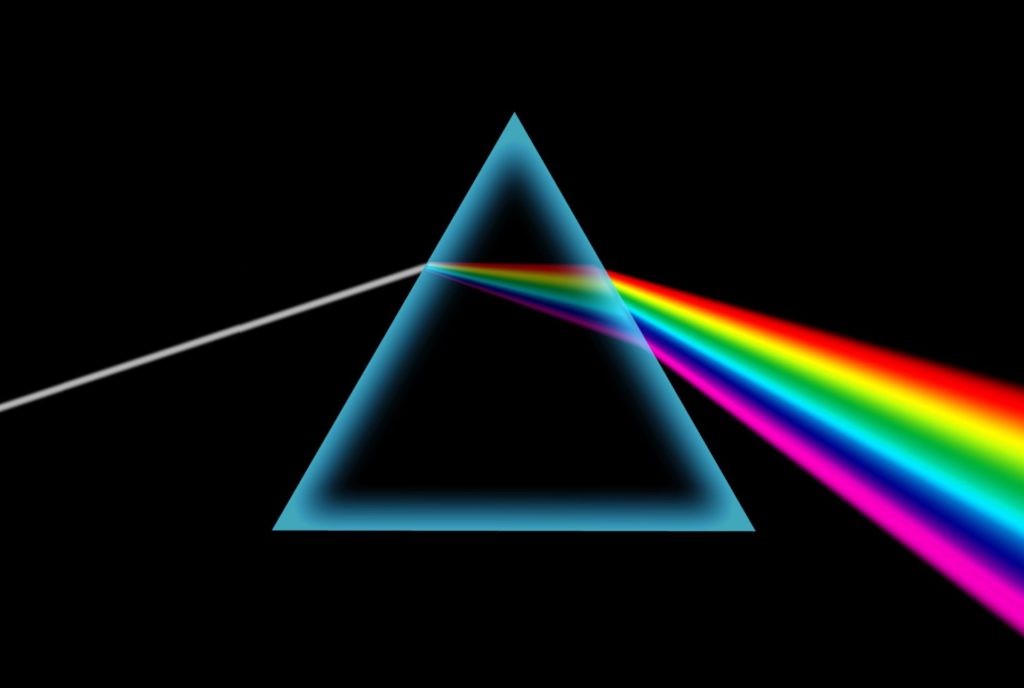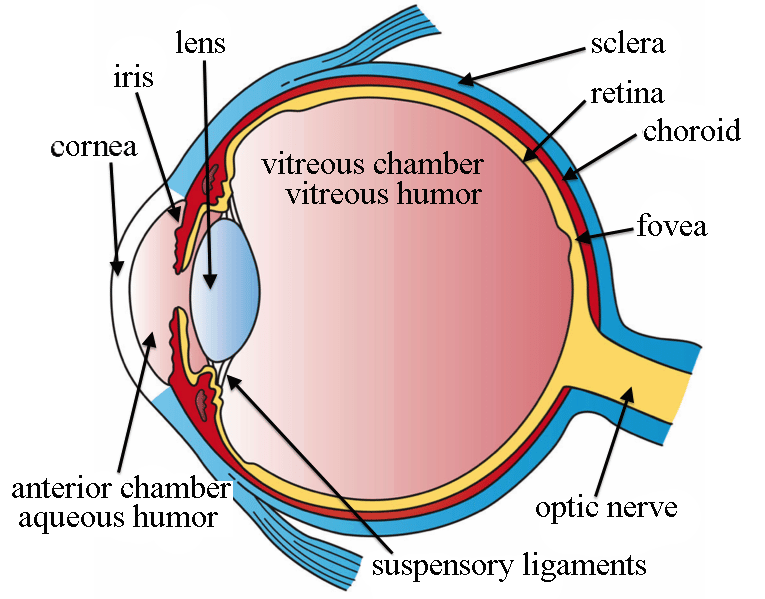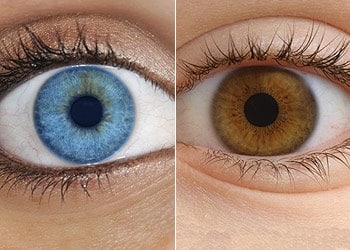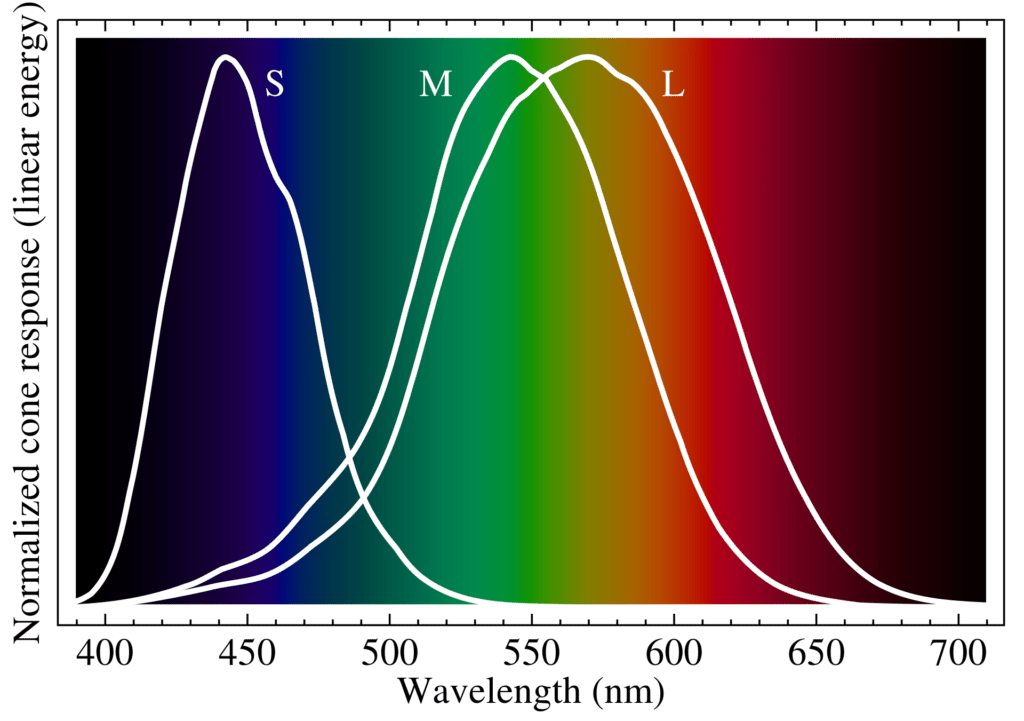Human Colour Vision Explained in Bite Sized Pieces

Human vision and our perceptions of colour is a huge topic, and can become intensely technical. Here we’ve tried to keep it as straight forward as possible, and you can select the parts that most interest you. It is in part educational, and excuse the pun – it’s a bit of an eye opener, in part entertaining – especially how easily we are fooled, and a bit shocking when you come to understand just how little of what we see actually reflects what is really out there!
Light and Human Colour Vision
Sunlight White light from the Sun is fundamental to human colour vision, but it can be split into all the colours of the rainbow. The light waves are refracted (bent) as they enter and leave the prism. The shorter the wavelength of the light the more it is refracted, so…
How Do Human Eyes Work
The retina at the back of the eye is a complex part of the eye, and its job is to turn light into signals about the images on its surface that the brain can understand. Only the retina is light sensitive, and it is roughly the area of a 10p…
Eyes, a New Receptor Cell Found in Human Colour Vision
Scientists studying the response of specific mice with retinal diseases to a light/dark cycle. The mice were blind – they had no rods and cones cells left, but their body clocks were working okay. This lead to the discovery of a previously unknown light receptor cell in the eye: containing…
Human Eyes Colour Sensitivity
Rod cells in the retina of our eyes give the ability to see light and give us our night vision when light levels are low, but rod cells cannot distinguish colour. Cones cells, located in the centre of the retina (in an area called the macula), are not much good…




